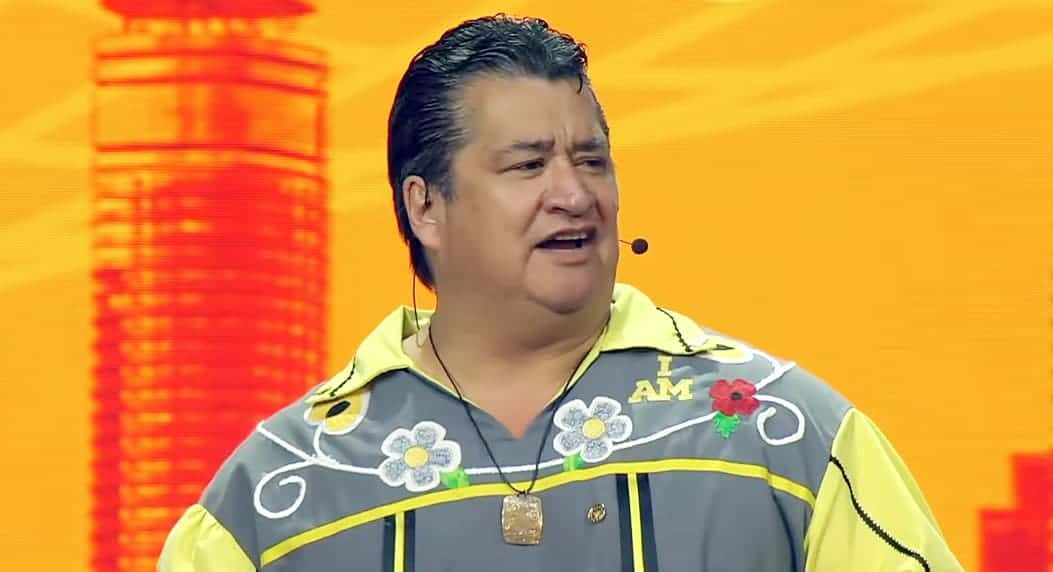Chief of the Mississaugas says Canadians must work together to achieve reconciliation
Published June 3, 2021 at 8:32 pm

When the news broke last week that 215 bodies of indigenous children were found buried on the grounds of the Kamloops Residential School, Stacey Laforme, Chief of the Mississaugas of the Credit First Nation, said his immediate reaction was profound pain and grief.
“Of course I was angry, as well as sad,” he told reporters at a virtual press conference hosted by Mississauga Mayor Bonnie Crombie. “It felt so personal.”
The bodies of the as yet unidentified children were discovered in a mass grave using ground-penetrating radar equipment and Chief Laforme said he has called on Prime Minister Justin Trudeau and the federal government to carry out this work at every former residential school in Canada, including the Mohawk Institute in nearby Brantford, which operated from 1831 to 1970.
Laforme said he expects to find more graves as the work progresses.
“This is not the last time we’re going to find this at residential schools. We’re going to find more, and there will be more pain.”
Crombie said she was “shocked and saddened” by the discovery of the mass grave, adding that it was a “reminder of a very dark chapter in Canadian history.”
“It is also a reminder of how much work we still have to do to achieve reconciliation,” she added. “We need to strengthen our relationships, our respect and our understanding of our indigenous community.”
Laforme, who opened his address with a poem he wrote called ‘Reconciliation,” which was “born out of grief, and a little bit of anger,” said he hopes Canadians can support their indigenous neighbours when the government is asked to continue the work of finding more missing children from the residential schools.
“We want Canadians to stand with us as we demand this of governments. This is the time to show love, respect, offer support and to grieve.”
A special ceremony to honour the missing children is in the works, but Laforme said how people express their grief is completely up to them. “You don’t have to do it with our ceremonies. You can do it with any ceremony. You can do it with your own. As long as it has real meaning to you.”
Laforme said he also hopes Canadians understand the “genocide” that was perpetrated on First Nations people under the residential school system and that the children found in that unmarked burial site in Kamloops are not just the children of indigenous people. “These are the children of this country. These are all our children.”
The tragedy, he added, gives Canadians an opportunity to try and understand how deep the painful legacy of residential schools goes. “It doesn’t matter if your family has been here 100 years or if you arrived yesterday.”
“This now where you live. This is a part of you. This is part of your history.”
The Chief said there is much work to be done in achieving reconciliation, citing running water issues – a water system to provide clean, potable water for the band was only installed last year – high suicide rates, and the fact indigenous people, who comprise just two per cent of Canada’s population, make up 45 per cent of Canada’s prisons, as stumbling blocks in bringing equity to the lives of First Nations.
But Laforme also believes this could be a turning point in Canadian history.
“It’s time to do things better. It’s time to do away with racism and divisiveness. If we were standing alone it would be difficult. But if we are standing with our neighbours, it makes a world of difference,” he said. “The pain you feels is because you realize we’re all connected.”
“There are moments in the lives of countries that determine how that country moves forward. And I believe this is such a moment.”
insauga's Editorial Standards and Policies advertising





